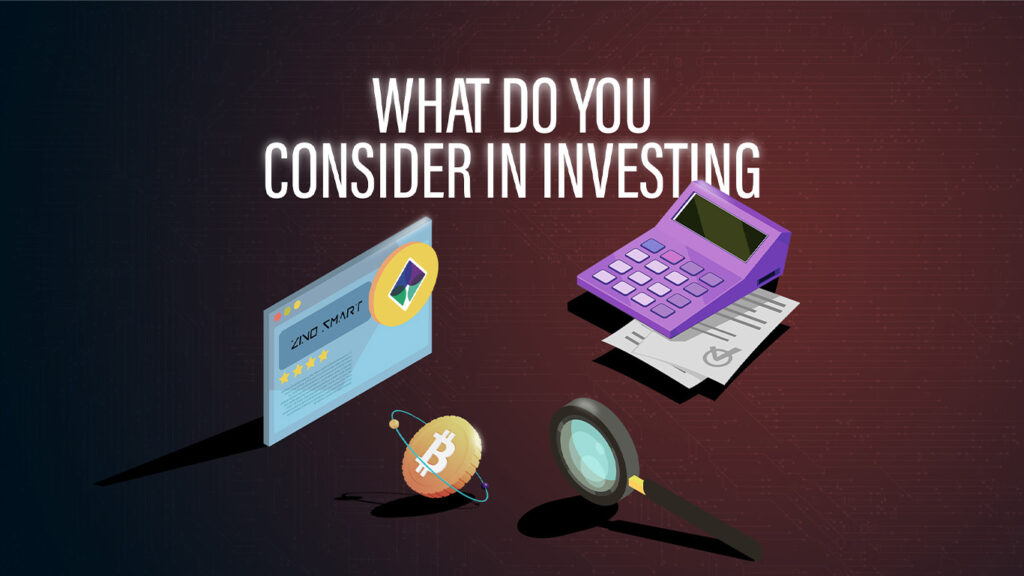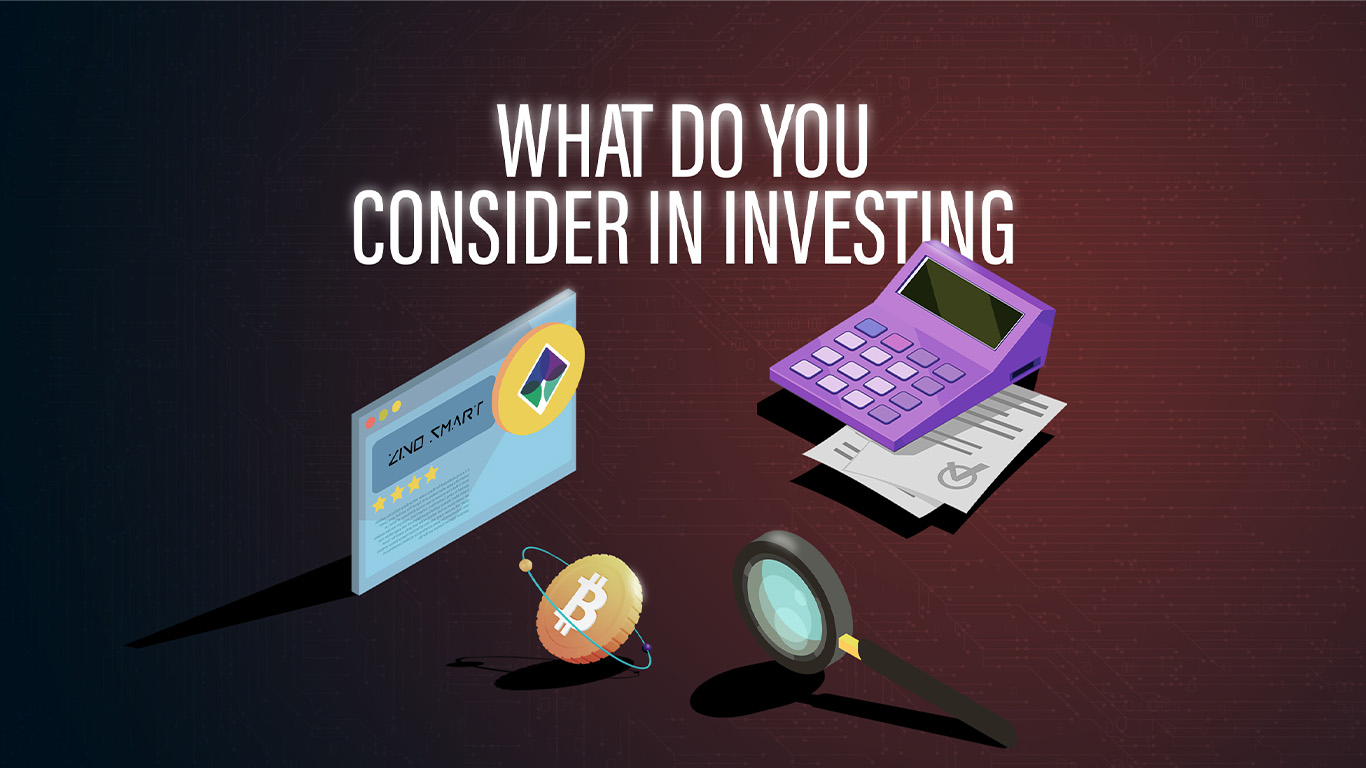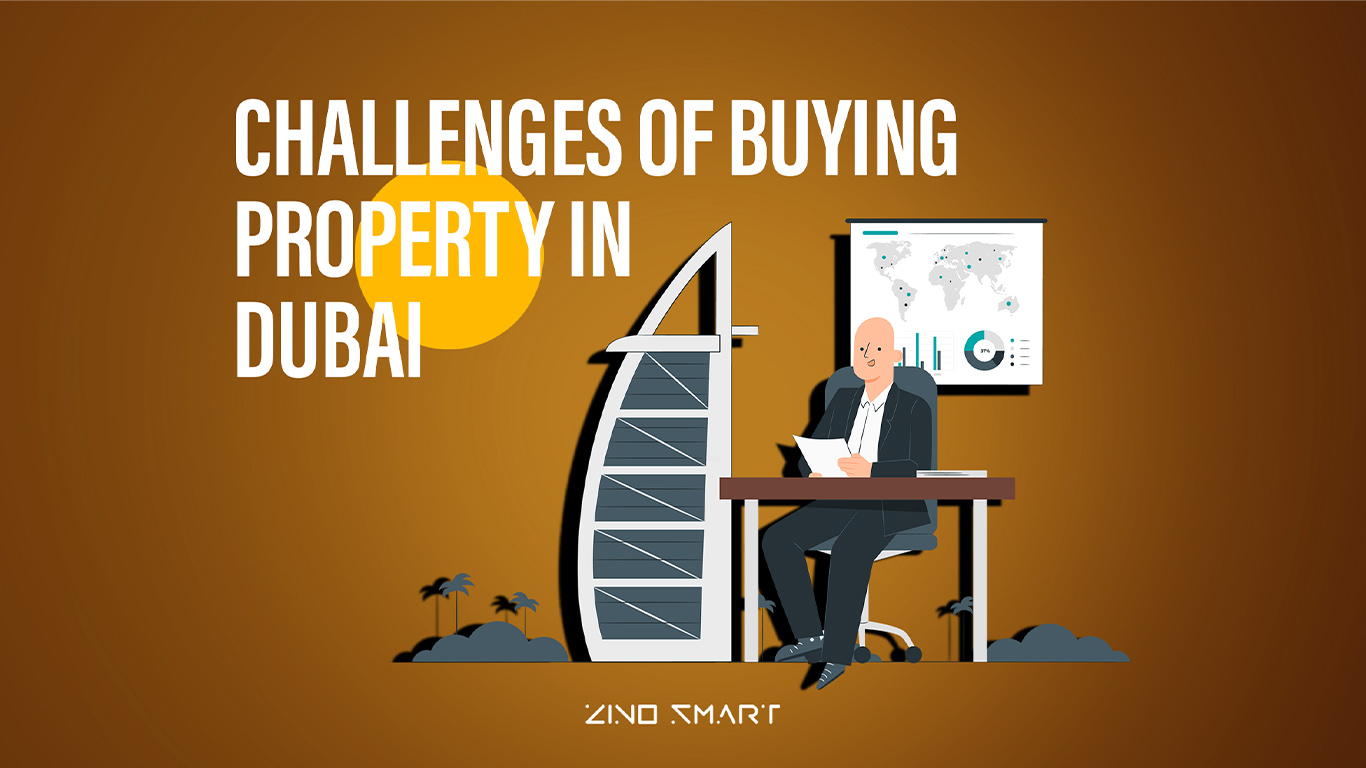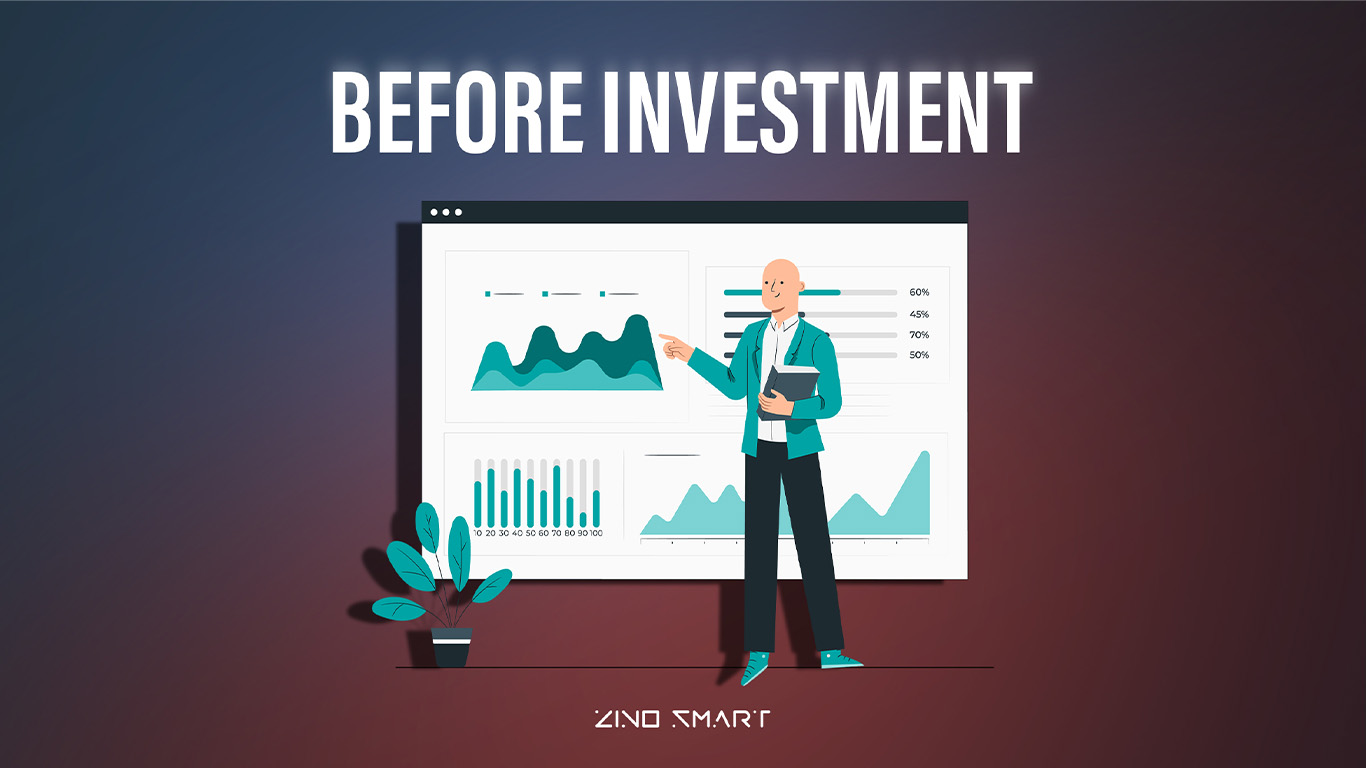As you’re deciding what to invest in, you’ll want to consider several factors,
What do you Consider in Investing: including your risk tolerance, time horizon, your knowledge of investing, your financial situation, and how much you can invest.
If you’re looking to grow wealth, you can opt for lower-risk investments that pay a modest return, or you can take on more risk and aim for a higher return. There’s typically a trade-off in investing between risk and return. Or you can take a balanced approach, having absolutely safe money investments while still giving yourself the opportunity for long-term growth.
The best investments for 2023 allow you to do both, with varying levels of risk and return.
Risk tolerance
Risk tolerance means how much you can withstand when it comes to fluctuations in the value of your investments. Are you willing to take big risks to potentially get big returns? Or do you need a more conservative portfolio? Risk tolerance can be psychological as well as simply what your personal financial situation requires.
Conservative investors or those nearing retirement may be more comfortable allocating a larger percentage of their portfolios to less-risky investments. These are also great for people saving for both short- and intermediate-term goals. If the market becomes volatile, investments in CDs and other FDIC-protected accounts won’t lose value and will be there when you need them.
Those with stronger stomachs, workers still accumulating a retirement nest egg, and those with a decade or more until they need the money are likely to fare better with riskier portfolios, as long as they diversify. A longer time horizon allows you to ride out the volatility of stocks and take advantage of their potentially higher return, for example.
Time horizon
Time horizon simply means when you need the money. Do you need the money tomorrow or in 30 years? Are you saving for a house down payment in three years or are you looking to use your money in retirement? Time horizon determines what kinds of investments are more appropriate.
If you have a shorter time horizon, you need the money to be in the account at a specific point in time and not tied up. And that means you need safer investments such as savings accounts, CDs, or maybe bonds. These fluctuate less and are generally safer.

If you have a longer time horizon, you can afford to take some risks with higher-return but more volatile investments. Your time horizon allows you to ride out the ups and downs of the market, hopefully on the way to greater long-term returns. With a longer time horizon, you can invest in stocks and stock funds and then be able to hold them for at least three to five years.
It’s important that your investments are calibrated to your time horizon. You don’t want to put next month’s rent money in the stock market and hope it’s there when you need it.
Your knowledge
Your knowledge of investing plays a key role in what you’re investing in. Investments such as savings accounts and CDs require little knowledge, especially since your account is protected by the FDIC. But market-based products such as stocks and bonds require more knowledge.
If you want to invest in assets that require more knowledge, you’ll have to develop your understanding of them. For example, if you want to invest in individual stocks, you need a great deal of knowledge about the company, the industry, the products, the competitive landscape, the company’s finances, and much more. Many people don’t have the time to invest in this process.
What do you Consider in Investing
However, there are ways to take advantage of the market even if you have less knowledge. One of the best is an index fund, which includes a collection of stocks. If any single stock performs poorly, it’s likely not going to affect the index much. In effect, you’re investing in the performance of dozens, if not hundreds, of stocks, which is more a wager on the market’s overall performance.
So you’ll want to understand the limits of your knowledge as you think about investments.
How much you can invest
How much can you bring to an investment? The more money you can invest, the more likely it’s going to be worthwhile to investigate higher-risk, higher-return investments.
If you can bring more money, it can be worthwhile to make the time investment required to understand a specific stock or industry, because the potential rewards are so much greater than with bank products such as CDs.
Otherwise, it may not simply be worth your time. So, you may stick with bank products or turn to ETFs or mutual funds that require less time investment. These products can also work well for those who want to add to the account incrementally, as 401(k) participants do.
Bottom line
Investing can be a great way to build your wealth over time, and investors have a range of investment options, from safe lower-return assets to riskier, higher-return ones. That range means you’ll need to understand the pros and cons of each investment option and how they fit into your overall financial plan in order to make an informed decision. While it seems daunting at first, many investors manage their own assets.
But the first step to investing is actually easy: opening a brokerage account. Investing can be surprisingly affordable even if you don’t have a lot of money. (Here are some of the best brokers to choose from if you’re just getting started.)



